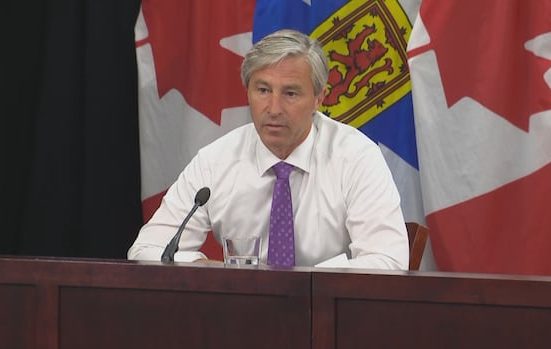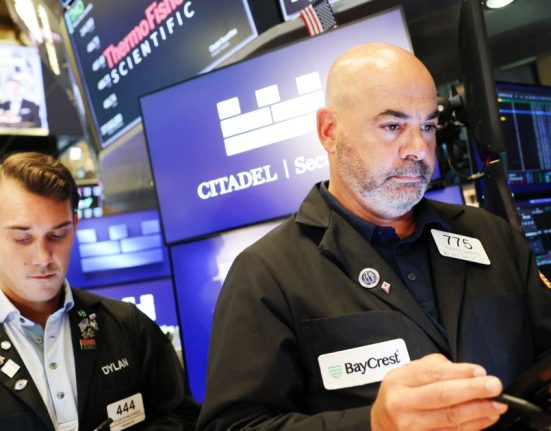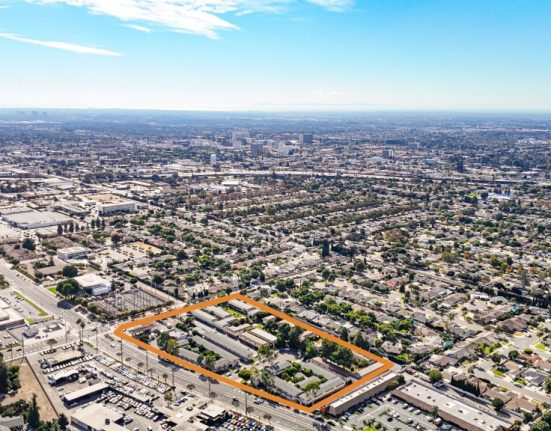Unlock the Editor’s Digest for free
Roula Khalaf, Editor of the FT, selects her favourite stories in this weekly newsletter.
The writer is head of total return strategies at Man AHL
When US stocks lost 10 per cent of their value in April, investors faced a familiar dilemma: buy the dip or dodge a falling knife.
Those who bet that losses would be reversed, say, by the promise of policy swerves, central bank intervention or an artificial intelligence revolution, triumphed. The pause by the Trump administration on “reciprocal” tariffs led to a one-month rebound that was both swift and sharp. Put differently, we saw one of the steepest V-shaped recoveries on record (when markets rise quickly after a sharp fall).
One point to the buy-the-dippers. But the rub is: are V-shaped recoveries becoming more frequent, and is “buy the dip” therefore a more appealing investment strategy? I do not think so. April’s events were extreme, but I see no evidence that they form part of a larger trend — or dominate markets’ future direction.
Putting April’s move into context, the drop is surpassed only by the bursting of the dotcom bubble, the global financial crisis and the Covid-19 pandemic. Dips of this magnitude have only been experienced in the midst of much deeper market corrections.
So while sometimes the fall is a red herring on future performance, other times, it is actually prescient. Buying the dip throughout the dotcom bust or the financial crisis would have led to significant capital impairment as markets continued to fall over an extended period.
In the latest case, as we now know with 20:20 hindsight vision, tariffs were paused, and equity markets recouped their losses. But is this reversal part of a larger trend of market whipsaws? The data says “no”.
Looking at all of the V-shaped recoveries of at least 5 per cent over the past 25 years, we see no indication that their frequency has increased. Undoubtedly, they happen more often during prolonged downturns (2001-03), but they also occur in the aftermath of market corrections (2009 and 2020), and even within sustained bull-market phases (2006 and 2014).
On average, V-shaped reversals occur just under twice a year, and there have been nine in the past five years. That is bang on the long-term average. Perhaps the notion that their frequency is increasing lends support to the idea of the Baader-Meinhof phenomenon. Named after a reader’s letter to a US newspaper in which they said they had suddenly noticed more mentions of the West German far-left militant group since learning of its existence, the theory is that people think something happens more frequently after becoming aware of it.
Let us look forward. The buy the dip argument generally rests on observations that we have entered a phase of unprecedented policy uncertainty, with governments and central banks primed to support markets and hordes of investors waiting to buy during the next sell-off.
We still face an uncertain future, and an uptick in V-shaped recoveries is not off the table. But is it likely? That would require some big assumptions, including that investors unlearn much of what they now know.
First is the assumption that all policy announcements which threaten market stability can and will be backtracked upon without lasting impact. The Trump administration can be unpredictable, but does not seem intent on fracturing the market for US government bonds.
However, financial theory suggests that if markets continue to react violently to repeated policy shifts, investors will be less willing to pay high prices to hold assets. This would drive prices down, preventing quick recoveries. Expecting to see repeated market movements, as we did in April, would mean assuming that investors have become completely agnostic to the increased risk.
More fundamentally, anticipating continued price action like we saw in April relies on the assumption that investors fail to adapt to new information. The recent patchwork of reciprocal tariff rollbacks, Federal Reserve U-turns and a shifting approach to the war in Ukraine means that market participants must now consider the probability of major future switches in direction before reacting.
That is why I expect any future bold political activity to result in a more muted market response, as investors adopt a “wait and see” approach. Policy uncertainty does not necessitate boomeranging markets.
We have seen a clear demonstration that bold policy announcements are start points, not end points. Investors will treat them as such.







